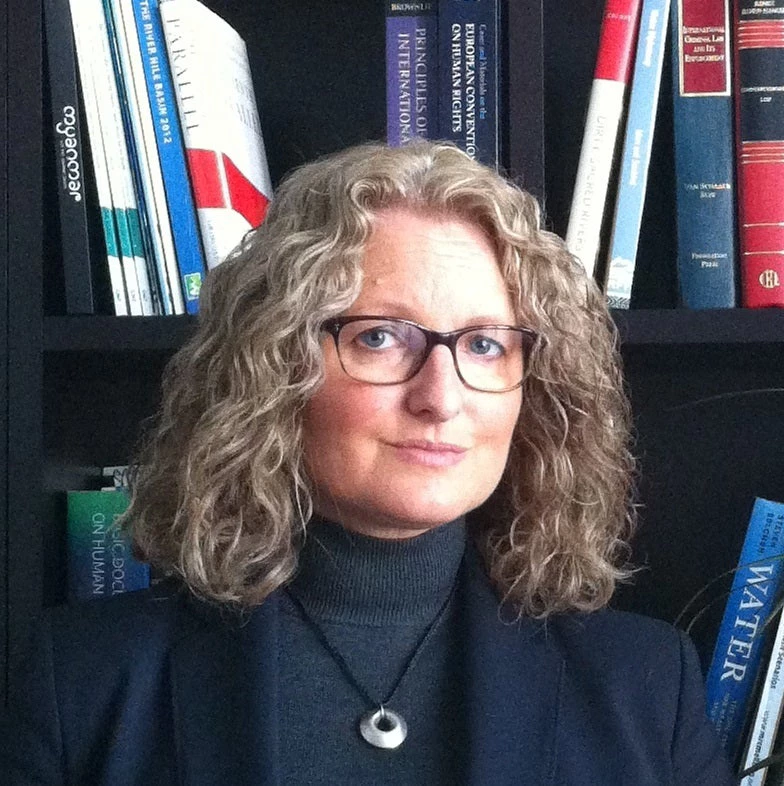
Photo: ECHO/T. Deherman
Also available in العربية
The Middle East and North Africa (MENA) has become a hotspot of unsustainable water use, with more than half of current water withdrawals in some countries exceeding the amount naturally available. This could have serious long-term consequences for the region’s growth and stability. Solutions for narrowing the gap between the supply of and demand for water are an urgent priority.
As the Fourth Arab Water Forum gets underway next week in Cairo, Egypt, much is at stake in the region’s water management. Armed conflict and massive numbers of refugees have put tremendous additional stress on land and water resources in MENA as well as on infrastructure in communities receiving the refugees. In Jordan alone, according to the country’s Ministry of Water and Irrigation, climate change and the refugee crisis have reduced water availability per person to 140 cubic meters, far below the globally recognized threshold of 500 cubic meters for severe water scarcity.
These recent developments compound the impact of decades of rapid population growth, urbanization and agricultural intensification. A recent World Bank report notes that more than 60% of the region’s population is concentrated in places affected by high or very high surface water stress, compared to a global average of about 35%. The report further warns that climate-related water scarcity is expected to cause economic losses estimated at 6-14% of GDP by 2050 – the highest in the world.
As governments search for solutions, two trends in particular could present game-changing opportunities to bolster water security. As captured in two recent reports by the International Water Management Institute (IWMI), the viability of these solutions will depend on how governments and societies respond to them.
The promise and perils of solar-powered agriculture
One trend is the rapid roll out of solar-powered irrigation in some countries, with the triple aim of strengthening water, energy and food security. Morocco, for example, expects to install more than 100,000 solar pumps by 2020. Similarly, Egypt is implementing a program of desert agriculture, involving the irrigation of 630,000 hectares with solar technology. Other countries are embarking on such ventures as well, taking advantage of lower costs for solar technology and the region’s high solar radiation. Such initiatives will replace polluting and expensive diesel pumps, and offer a new option to farmers who lack access to energy grids. Reductions in traditional fuel subsidies strengthen the incentive for shifting to the use of solar and other renewable energy sources.
Governments hope that solar technology will offer a way for farming communities to leapfrog from chronic vulnerability toward resilient and sustainable intensification of production. The option has a downside, however, stemming from inadequate understanding and poor regulation of groundwater. These shortcomings, by permitting groundwater overexploitation, have caused water tables to fall, making it more expensive to pump from greater depths, while also creating problems such as soil salinity. Solar-powered irrigation could make matters worse by permitting the extraction of more groundwater at lower cost, impacting vulnerable rural communities with poor access to water resources.
Innovative monitoring technologies (such as remotely controlled pumps and smart water meters) could help address some of the challenges. Moreover, as is already happening in Jordan, experts can use remote sensing techniques to help governments control the expansion of groundwater-based irrigation.
Tapping the only increasing natural resource
A second trend centers on wastewater, 82% of which is not being recycled in the region, compared to just 30% in high-income countries. This presents a major threat to human and environmental health but also a massive opportunity to better satisfy water demand. Wastewater is the only natural resource that increases as cities and populations grow. Countries in the MENA region already generate 18.4 cubic kilometers of municipal wastewater per year .
Many technologies are available to treat and reuse wastewater for productive purposes, including forestry, agriculture, landscaping, and aquifer recharge. The uptake of these options has so far been slow, however, because of rigid regulations and a policy disconnect between the agricultural, sanitation and other sectors. When reuse projects do get underway, the lack of appropriate tariffs and economic incentives undermine their sustainability by making it difficult for them to recover the costs of wastewater treatment. Key considerations going forward are the selection of crops best suited for irrigation with reused water and measures for addressing specific health concerns.
MENA has much to gain from efforts to overcome these barriers. With appropriate treatment, wastewater has the potential to provide irrigation and fertilizer for more than 2 million hectares of agricultural land. This would contribute to the conservation of freshwater, making more available for domestic use and a wide variety of productive purposes. Jordan’s success in harnessing private sector technological innovation and financing to recycle wastewater offers an especially instructive case. Such technologies, reinforced by new policies, could help put MENA on course toward water security. This will require commitment at all levels of society to address cultural barriers impeding change in water use, bridge institutional and policy divisions, and revise overly stringent regulations.
Turning threats into opportunities
Solutions to the growing problem of water scarcity are within reach. The challenge is to accelerate the development and spread of innovation for sustainable water management. This, in turn, requires a new “water consciousness,” as noted in Beyond Water Scarcity, which recognizes that everyone – from individual farmers and consumers to businesses and public agencies – has a responsibility to overcome water scarcity.
Participants in the Arab Water Forum will hear a lot about such innovations in water management. The challenge will be to build momentum behind solutions that can make a difference.



Join the Conversation